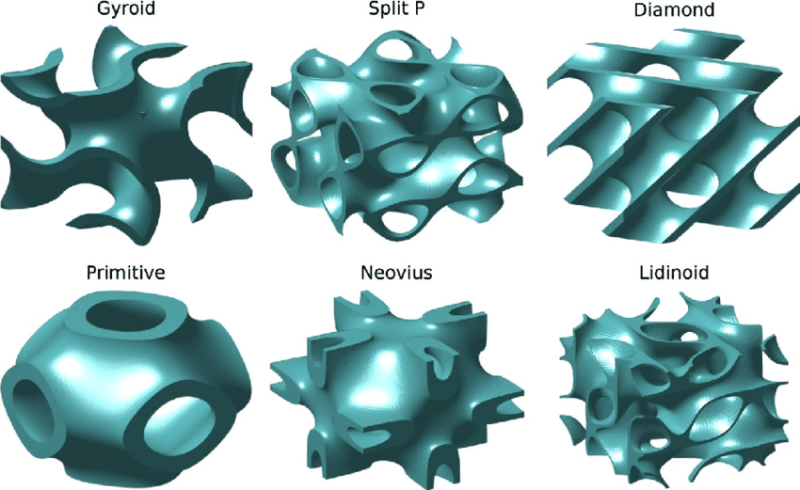Hi,
I am trying to figure out how to analyse experimental data collected from compression testing TPMS lattices and account for the specimen's variation in cross-sectional area. When searching online, I mostly find tutorials for FEA analysis or papers that don't really give a comprehensive insight for readers who are not as familiar as the authors.
If someone could please direct me towards resources or roughly how I would go about this I would be really grateful! I am just a bit confused what the process is for structures with such significant cross-sectional area variation as I have not learnt this before? It feels like a gross approximation to use the area calcualted from the minimum diameter measured or even the average diameter of multiple points considering the internal voids.
I am trying to figure out how to analyse experimental data collected from compression testing TPMS lattices and account for the specimen's variation in cross-sectional area. When searching online, I mostly find tutorials for FEA analysis or papers that don't really give a comprehensive insight for readers who are not as familiar as the authors.
If someone could please direct me towards resources or roughly how I would go about this I would be really grateful! I am just a bit confused what the process is for structures with such significant cross-sectional area variation as I have not learnt this before? It feels like a gross approximation to use the area calcualted from the minimum diameter measured or even the average diameter of multiple points considering the internal voids.

